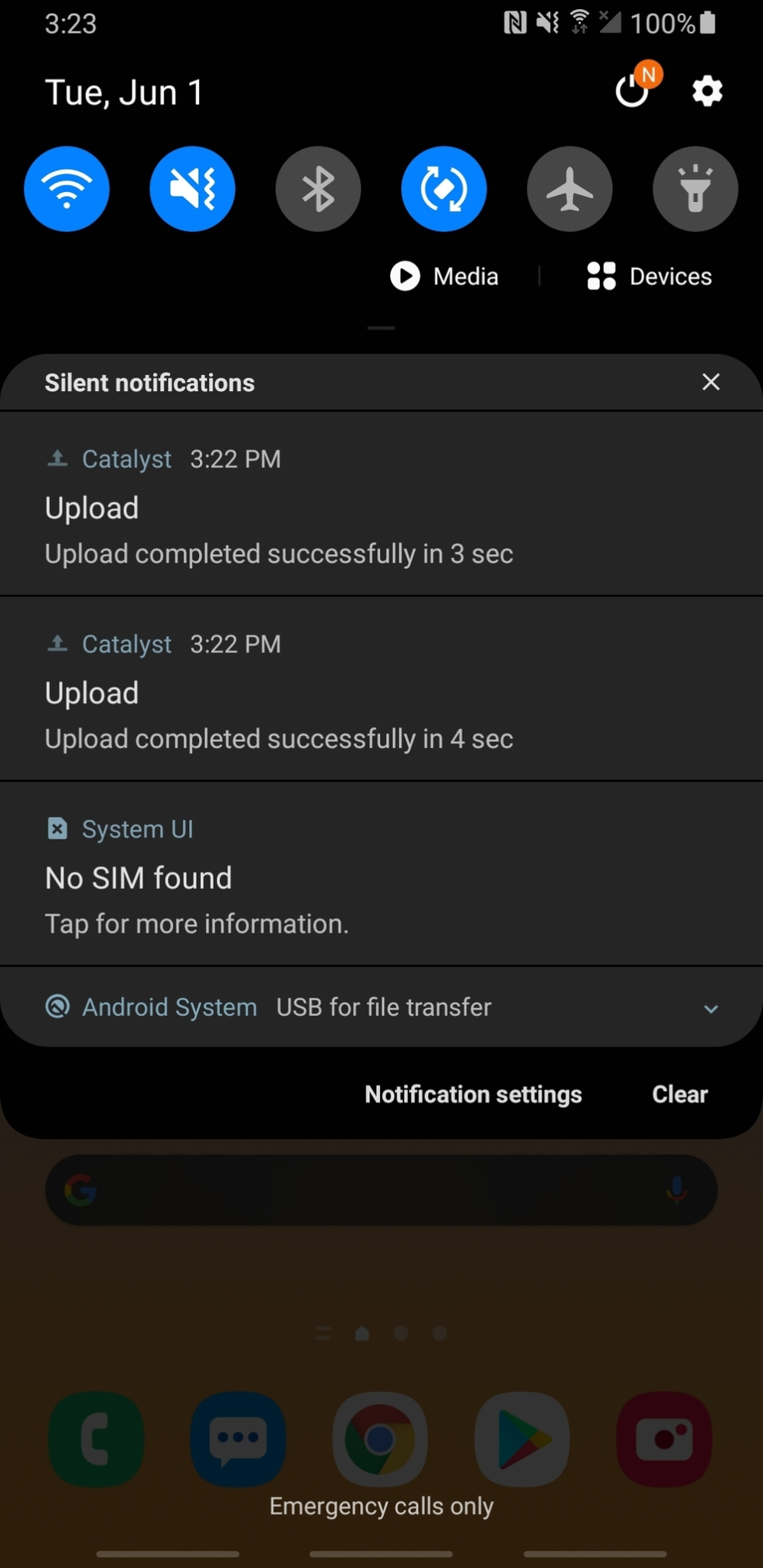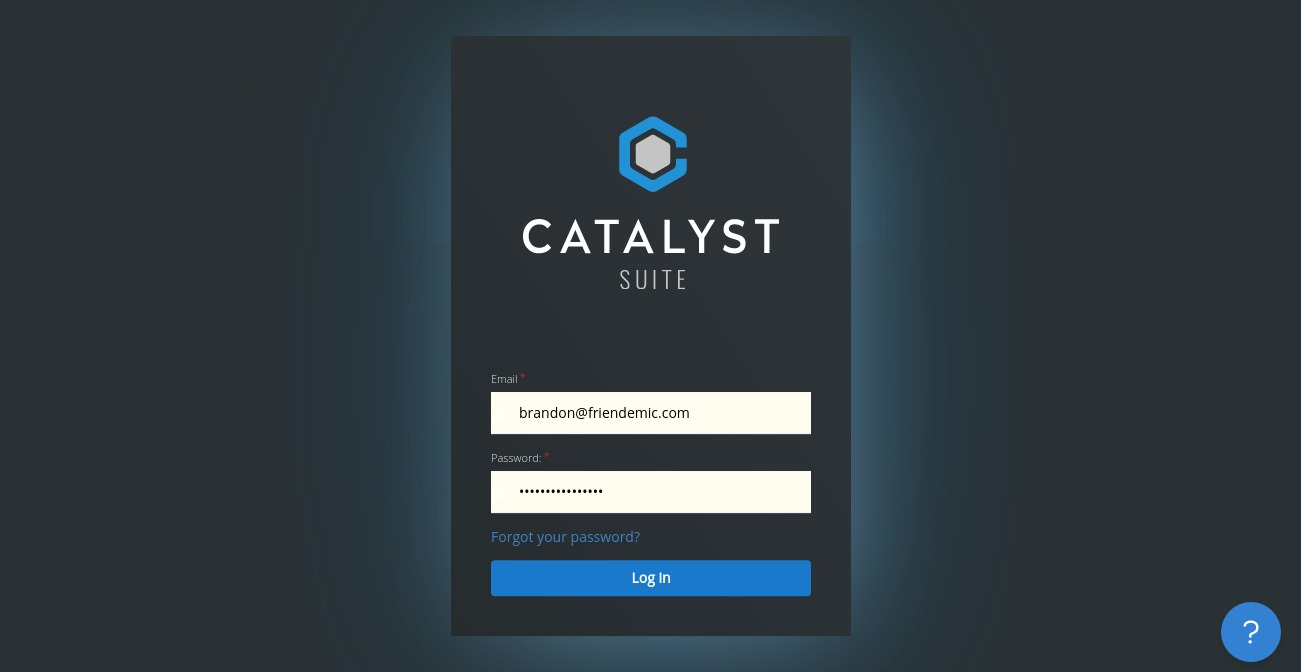Services
Frontend Development Mobile DevelopmentExpertise
React React NativeCase Study
Enhancing Application Performance and Scalability: A Case Study on Frontend Development at Friendemic
Site URL
Background
Challenge
Solution
To address this challenge, we adopted a strategic approach to feature development. We thoroughly analyzed the existing codebase and identified areas that could be improved or optimized. We collaborated closely with the backend teams to define client API schemas and ensure that the frontend applications were aligned with the backend infrastructure. We also focused on cultivating a culture of best practices and clean design patterns within the team. We conducted regular code reviews to identify and address any code smells or anti-patterns. We encouraged the team to follow test-driven development principles and write effective and maintainable testing suites using react-testing-library.
Additionally, We monitored the performance of the applications and identified pain points that needed to be addressed. We worked on optimizing the application performance and implemented modern continuous integration and deployment strategies to ensure that the frontend applications were always up-to-date and running smoothly.
Key Features and Tools Used
1. PageFly: Empowered us to construct high-converting product pages, ensuring users find all product-related information at one spot.2. Omniscend: Allowed seamless email and SMS marketing, escalating the brand’s reach.
3. AvantMetrics and Google Analytics: Provided comprehensive insights into user behavior and traffic, enabling us to optimize the user experience.
4. Facebook Pixel and Facebook Signal: Enabled extremely targeted advertising.
5. Tidio: An AI-driven chat support bot helped improve customer service and website interactivity.
6. Google Tag Manager: Assisted us in efficiently managing and deploying marketing tags on the website.
7. Google Pay and Apple Pay Integration: This expanded the range of checkout options for customers, improving their shopping experience.
8. Sentry: Enabled real-time error tracking, allowing quick issues resolution.
9. Vue: A JavaScript framework for building user interfaces provided a seamless user experience.
10. Recharge Payments: Subscription management feature made repurchasing products hassle-free.
Results
Lessons Learned
Throughout this project, we learned the importance of careful planning and execution when working with large codebases. It is crucial to consider the long-term implications of any changes and ensure that they align with the overall architecture and infrastructure. Collaboration with backend teams and following best practices, such as test-driven development, are essential for delivering high-quality solutions.



